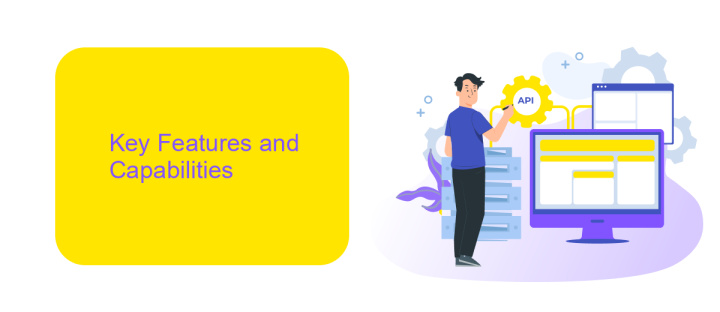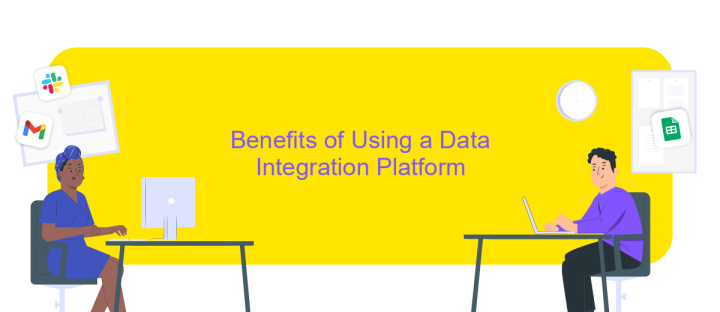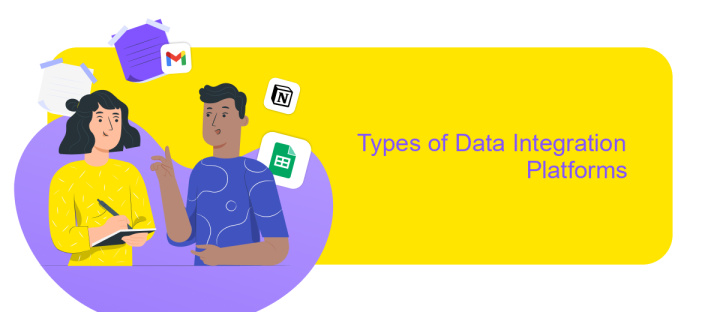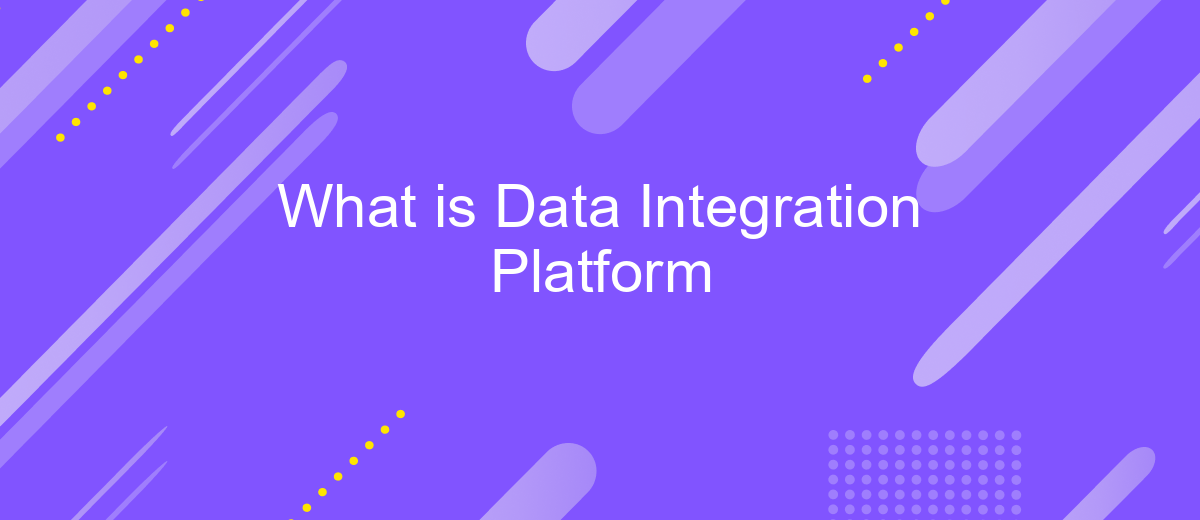What is Data Integration Platform
A Data Integration Platform is a comprehensive solution designed to seamlessly combine data from various sources into a unified view, facilitating efficient data management and analysis. By automating data workflows and ensuring data consistency, these platforms empower organizations to make informed decisions, enhance collaboration, and drive innovation. In an era where data is a critical asset, understanding and leveraging such platforms is essential for maintaining a competitive edge.
Introduction to Data Integration Platforms
Data integration platforms are essential tools for organizations looking to streamline their data management processes. These platforms enable the seamless merging of data from multiple sources, ensuring that information is available in a unified and accessible format. By using data integration platforms, businesses can improve data consistency, enhance decision-making, and reduce operational costs.
- They provide a centralized system for data collection and transformation.
- They support various data formats and connectors, allowing flexibility.
- They enhance data quality by eliminating duplicates and inconsistencies.
- They offer real-time data processing capabilities for timely insights.
In today's data-driven world, the ability to integrate diverse data sources is crucial for gaining a competitive edge. Data integration platforms simplify this process by automating data workflows and providing tools for data governance and security. As organizations continue to accumulate vast amounts of data, these platforms are becoming indispensable for maintaining an organized and efficient data ecosystem. By leveraging data integration platforms, companies can unlock the full potential of their data assets, driving innovation and growth.
Key Features and Capabilities

Data integration platforms are essential tools for modern businesses, offering seamless connectivity between diverse systems and data sources. A key feature of these platforms is their ability to support a wide variety of data formats and protocols, ensuring compatibility across different systems. They often include robust data transformation capabilities, allowing users to map and convert data into usable formats. Additionally, these platforms provide real-time data processing and synchronization, which is crucial for maintaining up-to-date information across all connected applications.
Another significant capability is the user-friendly interface that simplifies the integration process, often through drag-and-drop functionalities. Platforms like ApiX-Drive, for example, offer intuitive tools to set up integrations without requiring extensive coding knowledge. Security and compliance are also prioritized, with features such as data encryption and access control ensuring that sensitive information is protected. Moreover, scalability is a critical aspect, allowing businesses to expand their data integration efforts as their needs grow. The combination of these features makes data integration platforms indispensable for efficient and effective data management.
Benefits of Using a Data Integration Platform

Implementing a data integration platform can significantly enhance an organization's ability to manage and utilize its data effectively. By consolidating data from various sources into a single, cohesive system, businesses can streamline operations and improve decision-making processes. This integration facilitates real-time access to data, enabling quicker responses to market changes and customer needs.
- Improved data accuracy and consistency: A centralized platform ensures that all data is up-to-date and consistent across different departments, reducing errors and discrepancies.
- Enhanced collaboration: By providing a unified view of data, teams can work together more efficiently, sharing insights and aligning strategies for better outcomes.
- Scalability: As businesses grow, a data integration platform can easily scale to accommodate increasing volumes of data and new data sources without compromising performance.
In conclusion, a data integration platform is an invaluable tool for businesses seeking to harness the full potential of their data. By offering improved data management, accuracy, and collaboration, such platforms empower organizations to make informed decisions and achieve their strategic goals more effectively.
Types of Data Integration Platforms

Data integration platforms come in various forms, each designed to cater to specific business needs and technical requirements. These platforms streamline the process of combining data from different sources, enabling organizations to gain comprehensive insights and make informed decisions. Understanding the types of data integration platforms can help businesses choose the right solution for their unique needs.
There are several types of data integration platforms, each offering distinct features and benefits. These platforms can be categorized based on their architecture, deployment model, and integration capabilities. Selecting the appropriate type depends on factors such as data volume, complexity, and the existing IT infrastructure.
- ETL (Extract, Transform, Load) Platforms: These platforms are designed to extract data from various sources, transform it into a suitable format, and load it into a target system.
- Data Virtualization Platforms: These provide real-time data integration without the need for physical data movement, offering a unified view of data across disparate systems.
- iPaaS (Integration Platform as a Service): Cloud-based platforms that facilitate the integration of applications and data across different environments.
Choosing the right data integration platform is crucial for optimizing data workflows and ensuring seamless data connectivity. By evaluating the specific needs and constraints of the organization, businesses can leverage these platforms to enhance data accessibility and drive strategic outcomes.
- Automate the work of an online store or landing
- Empower through integration
- Don't spend money on programmers and integrators
- Save time by automating routine tasks
Choosing the Right Data Integration Platform
Choosing the right data integration platform is crucial for ensuring seamless data flow across your organization. Start by assessing your specific needs and the complexity of your data landscape. Consider factors such as the variety of data sources, the volume of data, and the frequency of data updates. A scalable platform that can grow with your business is essential. Evaluate the platform's compatibility with your existing systems and its ability to support real-time data processing.
Additionally, prioritize platforms that offer user-friendly interfaces and robust support services. For instance, ApiX-Drive provides a straightforward solution for setting up integrations without requiring extensive technical knowledge. It enables businesses to automate data transfers between various applications efficiently. Security is another critical factor; ensure the platform has strong data protection measures in place. Finally, consider the cost-effectiveness of the platform, balancing initial investment with long-term benefits. By carefully evaluating these aspects, you can select a data integration platform that aligns with your strategic goals and enhances operational efficiency.
FAQ
What is a Data Integration Platform?
Why is Data Integration important?
What are some common features of a Data Integration Platform?
How can businesses implement Data Integration solutions?
What challenges can arise with Data Integration?
Apix-Drive is a simple and efficient system connector that will help you automate routine tasks and optimize business processes. You can save time and money, direct these resources to more important purposes. Test ApiX-Drive and make sure that this tool will relieve your employees and after 5 minutes of settings your business will start working faster.


